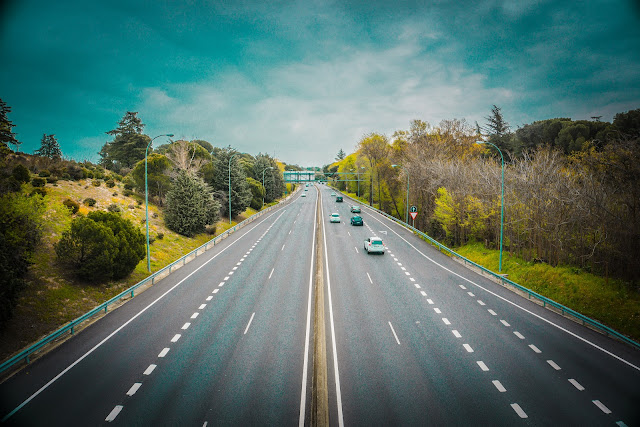India, a rapidly growing economy with a burgeoning population, recognizes the pivotal role of a robust transportation network in fostering economic development. The government's ambitious target to achieve an average speed of 85 km/h on national highways signals a commitment to improving connectivity and efficiency. This vision comes with a substantial investment of Rs 19.5 lakh crore, highlighting the magnitude of the undertaking. This article delves into the motivations behind this ambitious goal, the strategic allocation of funds, potential challenges, and the transformative impact it could have on India's overall infrastructure.
I. Setting the Speed Horizon:
A. Significance of 85 km/h:
- Reflecting global standards: Understanding how the target aligns with international benchmarks for highway speeds.
- Economic implications: Analyzing the potential economic benefits of faster transportation, including reduced logistics costs and increased trade.
B. Technological Advancements:
- Innovation in road design: Exploring cutting-edge technologies that can be incorporated into highway construction to support higher speeds.
- Intelligent traffic management systems: Implementing smart solutions to optimize traffic flow and enhance safety on high-speed highways.
II. The Financial Blueprint: Rs 19.5 Lakh Crore Investment
A. Allocating Funds:
- Road infrastructure development: Breaking down the investment to highlight allocations for the construction, expansion, and maintenance of national highways.
- Technology integration: Examining the portion of funds dedicated to incorporating advanced technologies into road infrastructure.
B. Funding Sources:
- Government contributions: Analyzing the financial commitment from both the central and state governments.
- Private sector partnerships: Understanding the role of private investments and partnerships in achieving the financial target.
III. Overcoming Challenges:
A. Land Acquisition and Environmental Considerations:
- Striking a balance: Addressing the challenge of land acquisition while minimizing environmental impacts.
- Sustainable practices: Exploring eco-friendly construction methods and mitigation strategies for environmental concerns.
B. Project Management:
- Efficient execution: Identifying potential bottlenecks in project implementation and strategies to ensure timely completion.
- Stakeholder collaboration: Fostering cooperation between government bodies, private entities, and local communities for smooth project execution.
IV. Potential Impacts:
A. Economic Stimulus:
- Boosting trade and commerce: Examining how improved highway speeds can catalyze economic growth by reducing transportation costs and enhancing supply chain efficiency.
- Job creation: Assessing the potential employment opportunities generated through the development and maintenance of national highways.
B. Safety and Security Considerations:
- Enhanced safety measures: Discussing measures to ensure the safety of commuters on high-speed highways, including advanced traffic management systems and road design.
- Security challenges: Addressing potential security concerns associated with faster highways and implementing measures to mitigate risks.
V. Public Perception and Participation:
A. Communication Strategies:
- Public awareness: Communicating the benefits of the initiative to the public and garnering support for the transformative project.
- Community engagement: Involving local communities in the planning and decision-making processes to address concerns and ensure inclusivity.
Conclusion:
India's ambitious goal of achieving an average speed of 85 km/h on national highways is not just a numerical target but a visionary pursuit to transform the country's transportation landscape. The Rs 19.5 lakh crore investment underscores the government's commitment to modernizing infrastructure and unlocking new avenues for economic growth. By addressing challenges, embracing technological advancements, and fostering collaboration, India has the potential to set a new standard for highway development, propelling the nation into an era of faster, safer, and more efficient transportation.




0 Comments